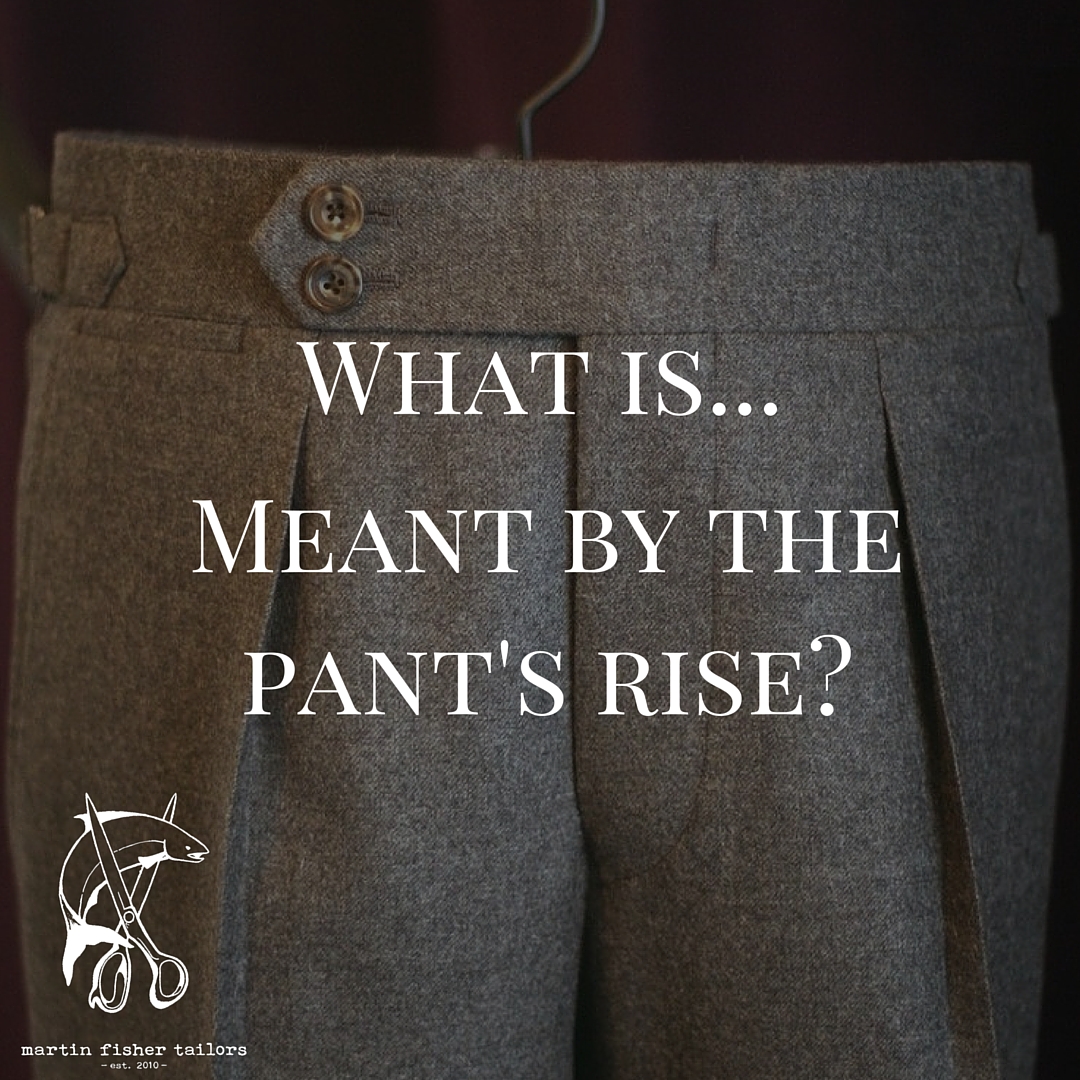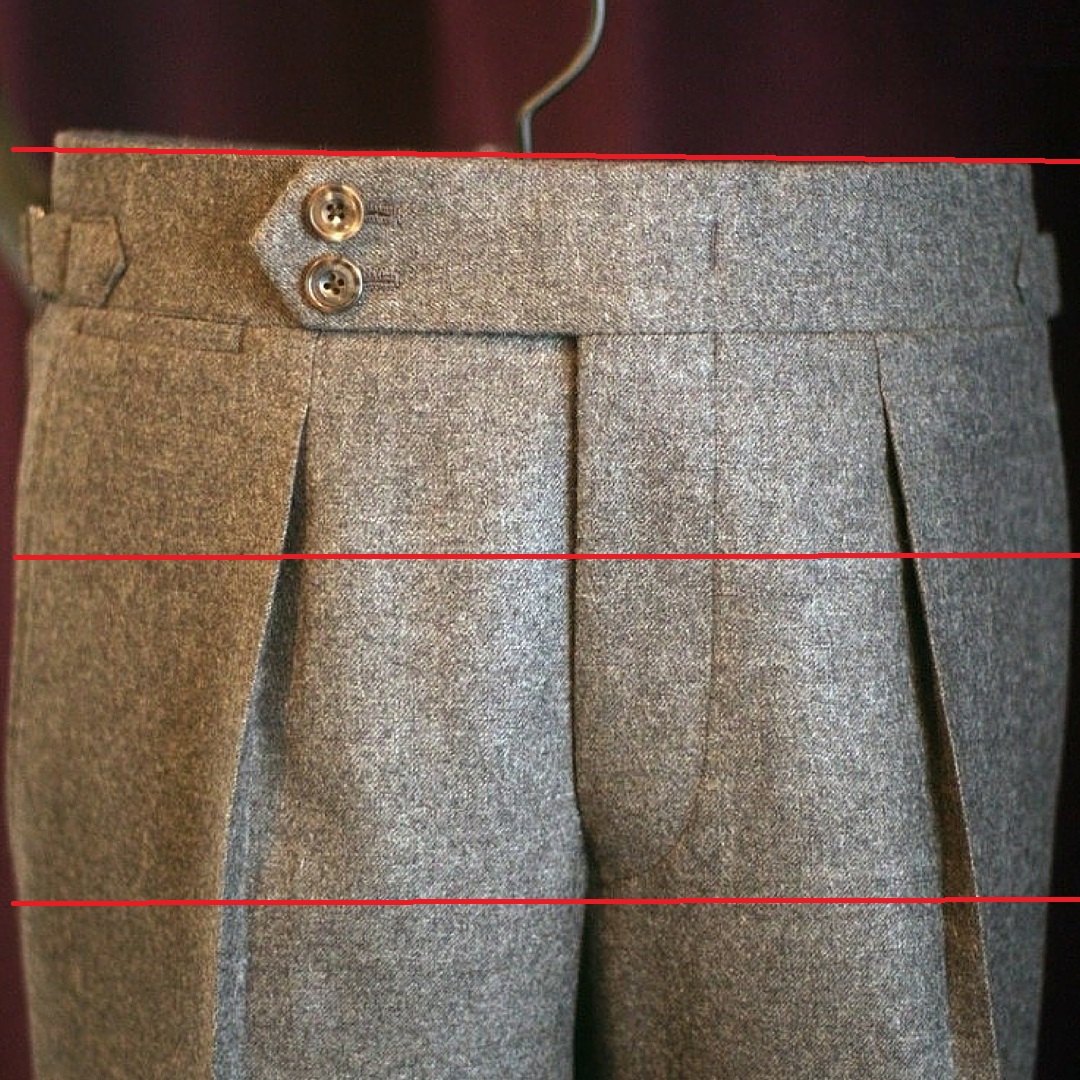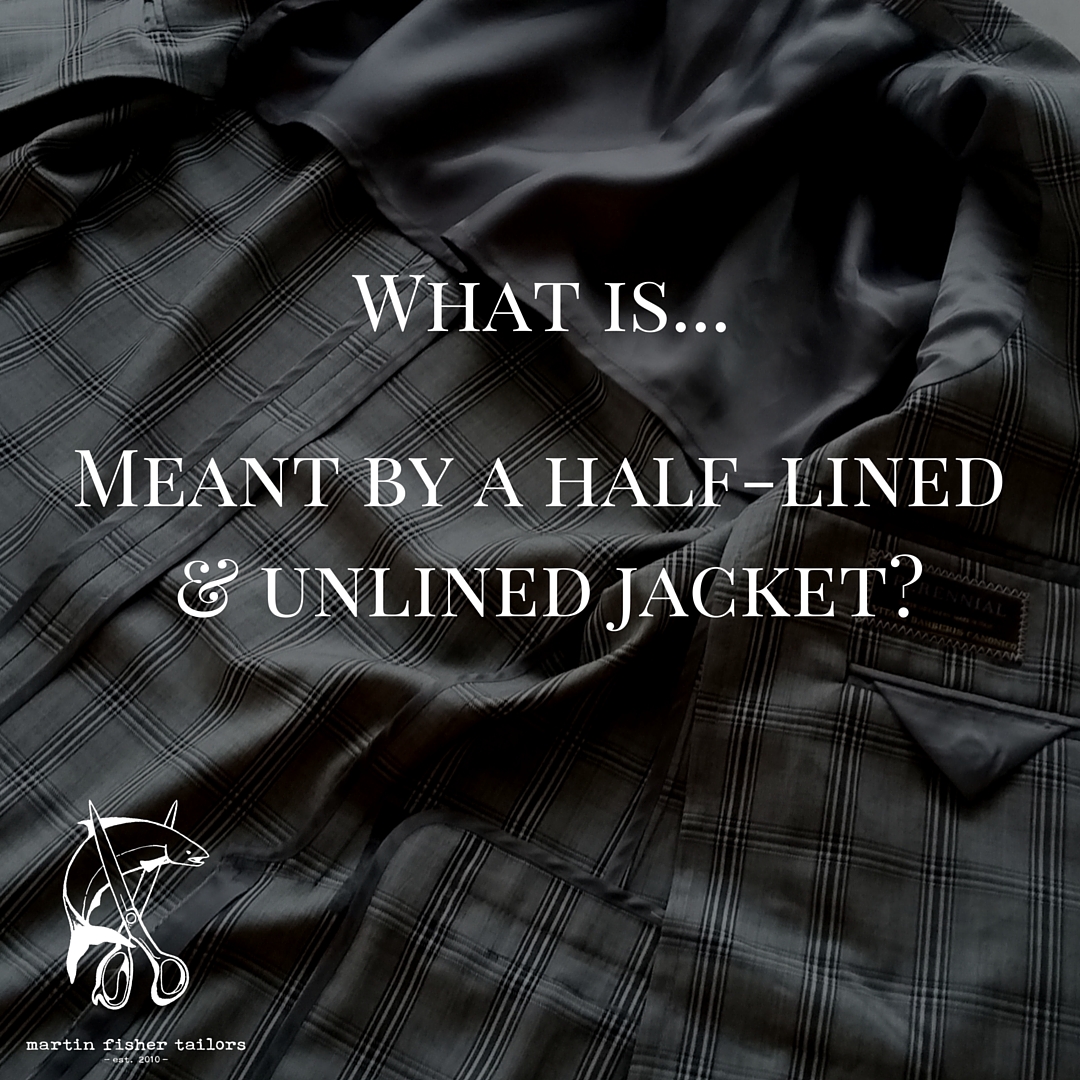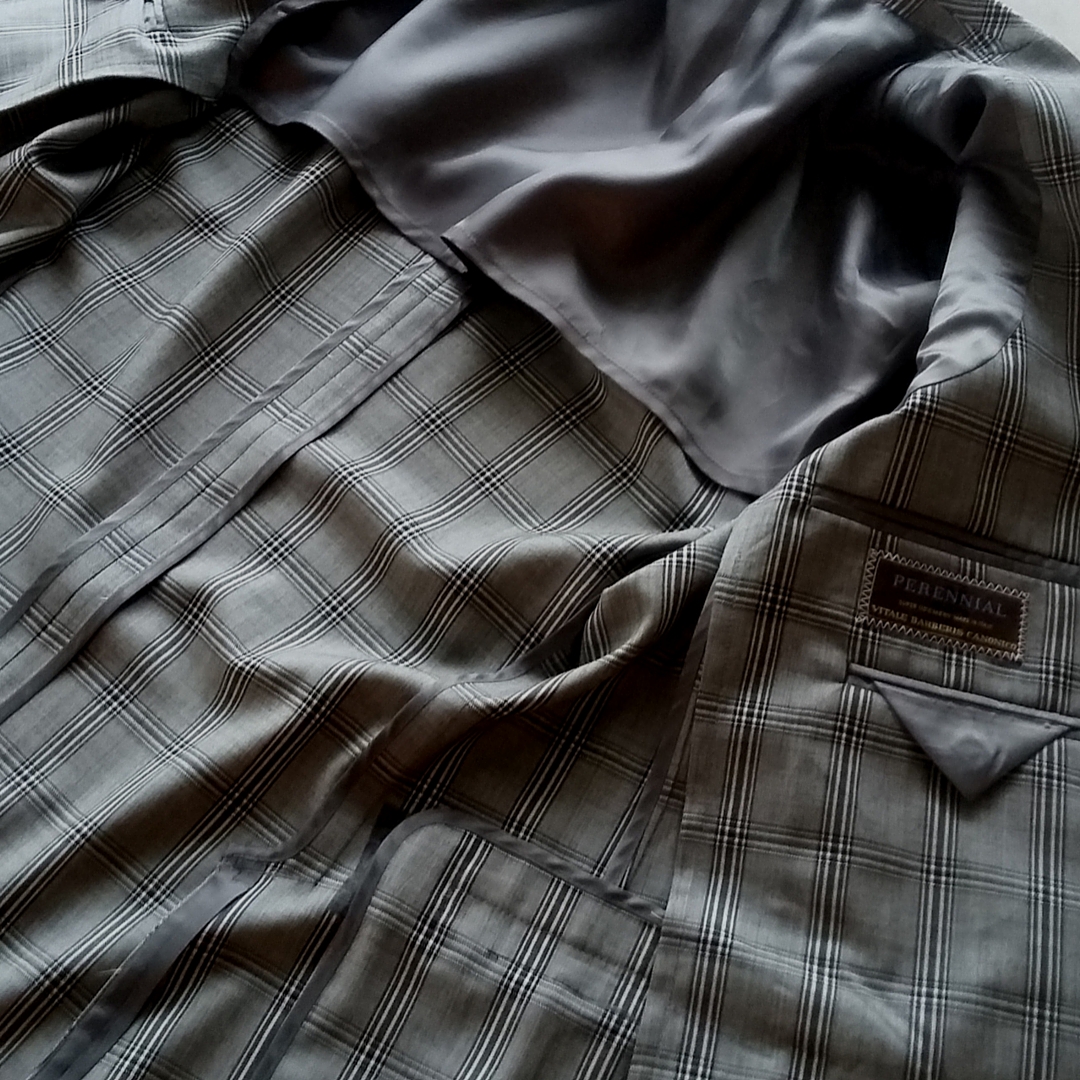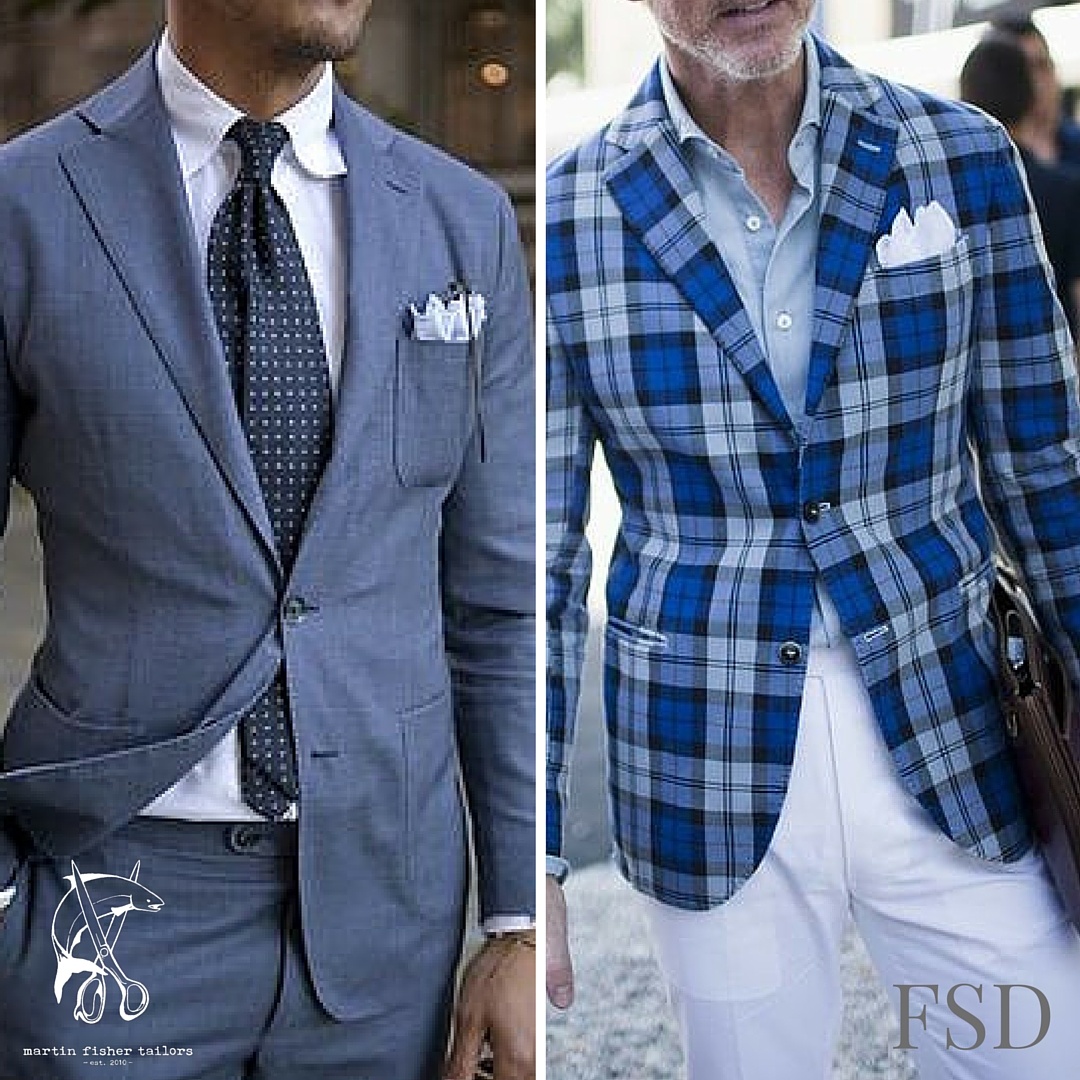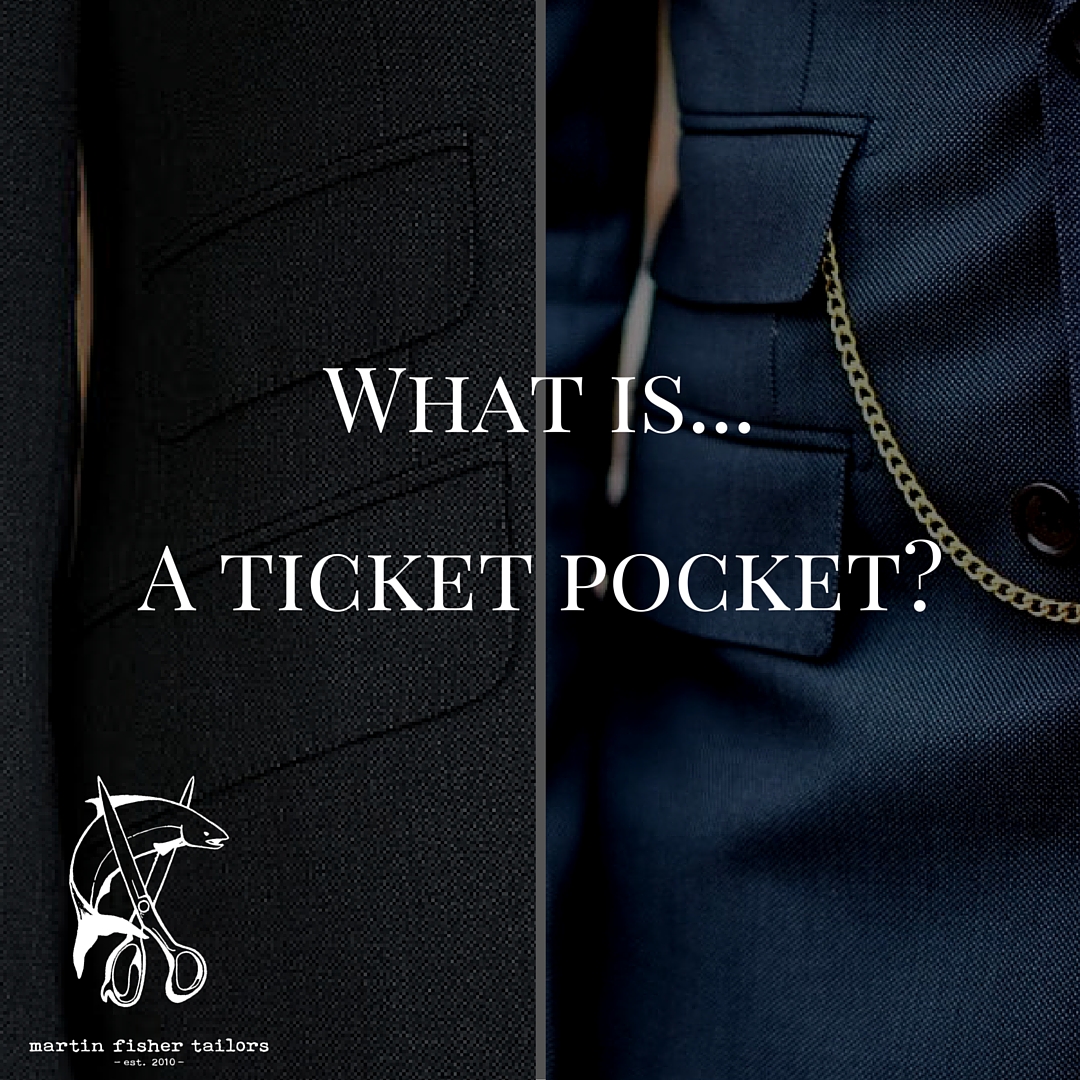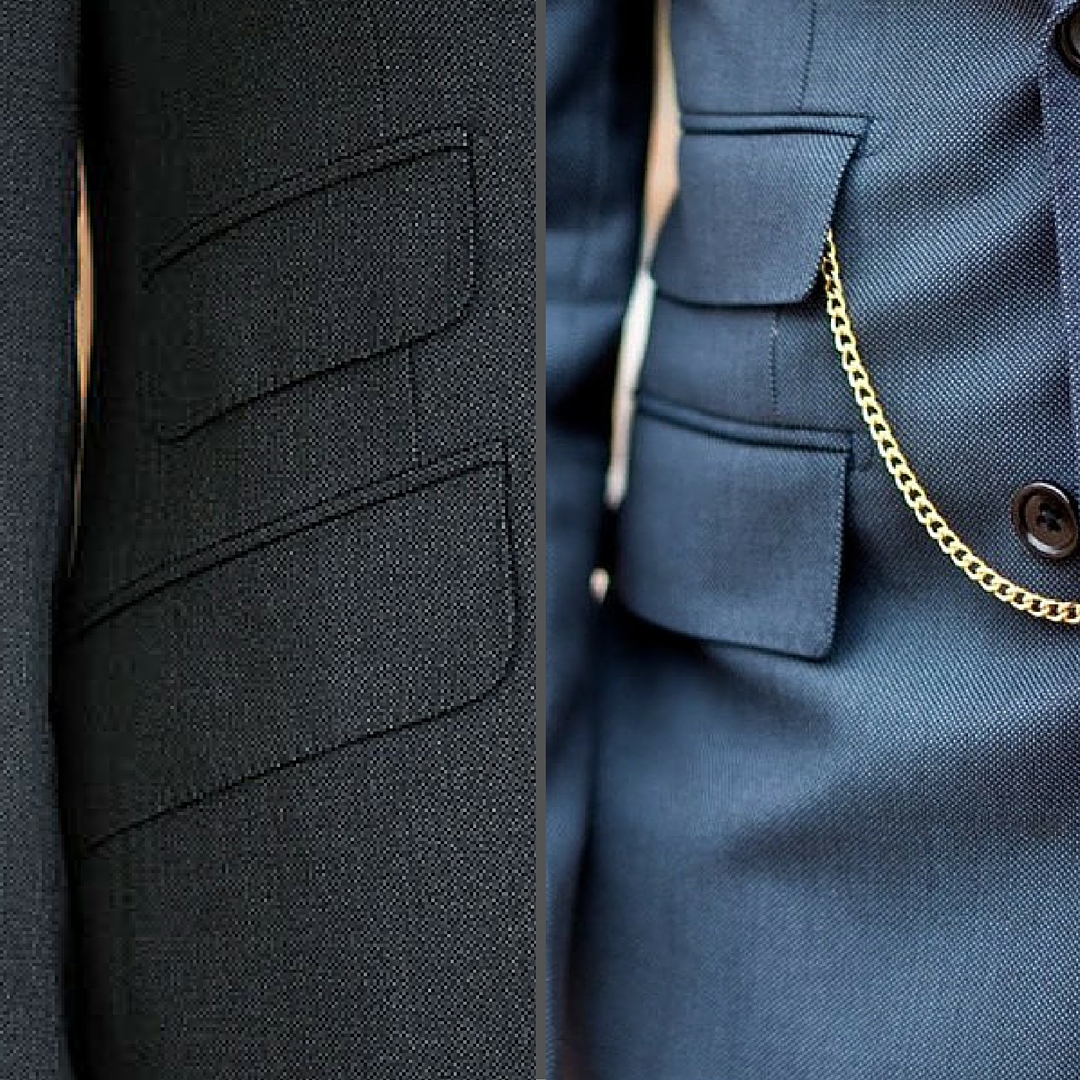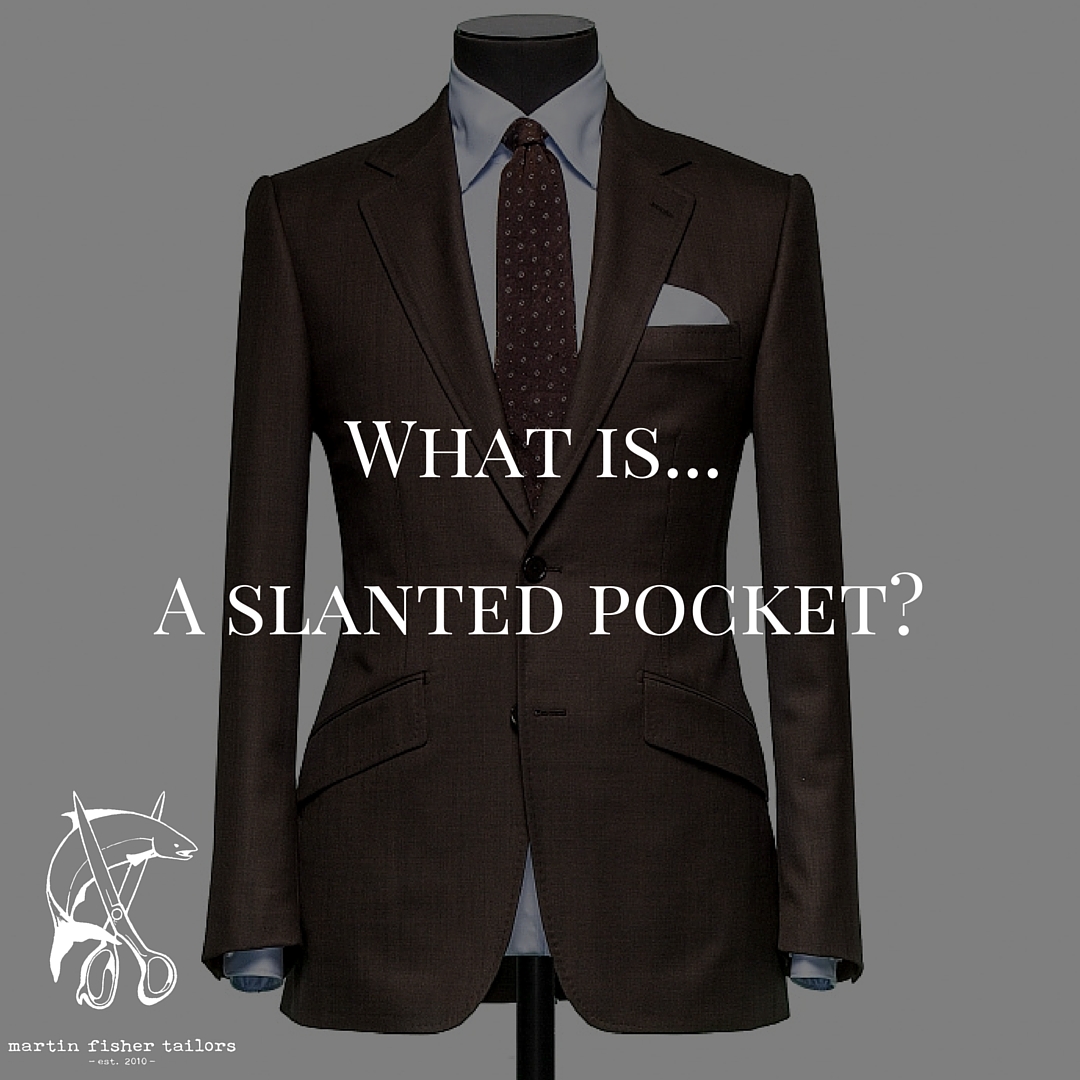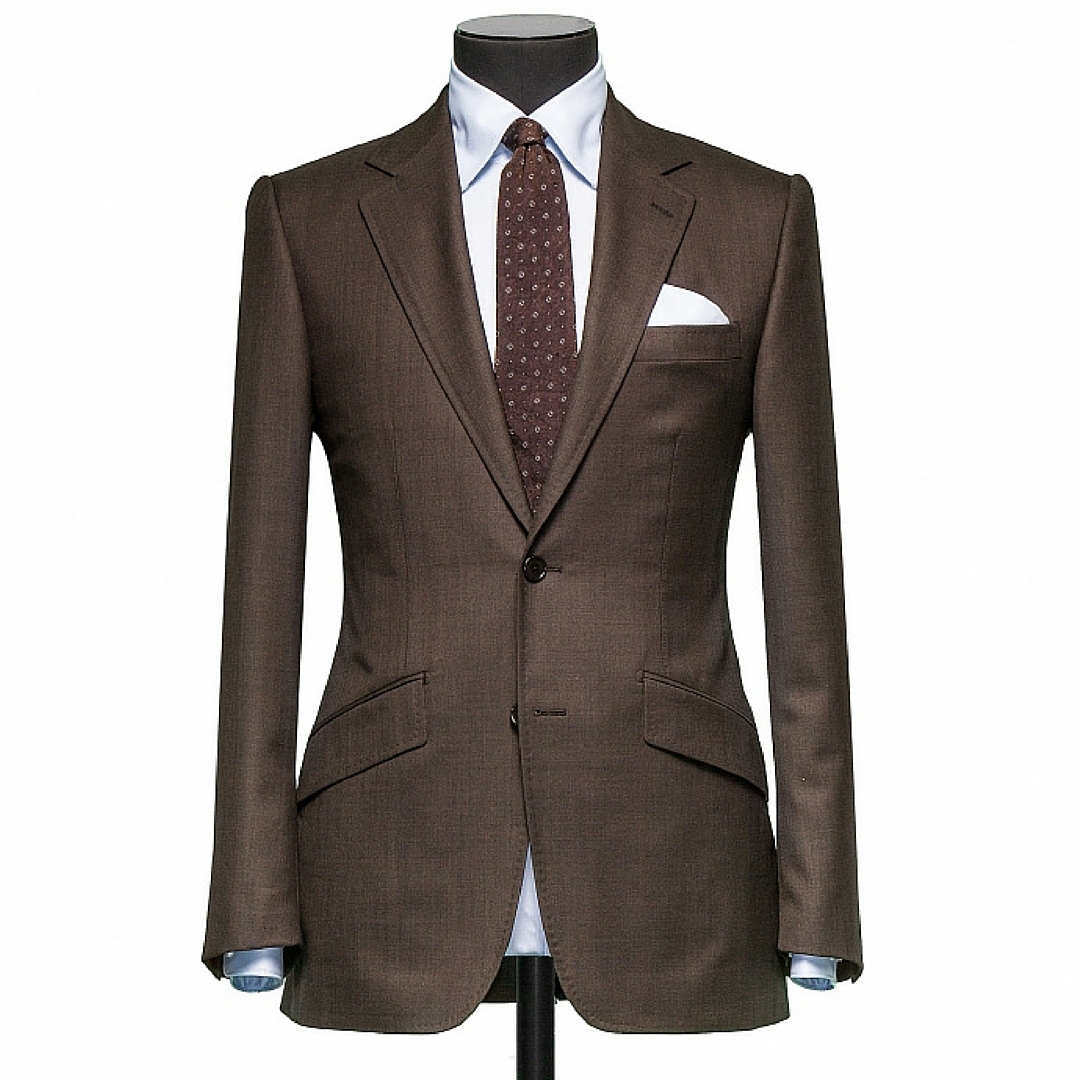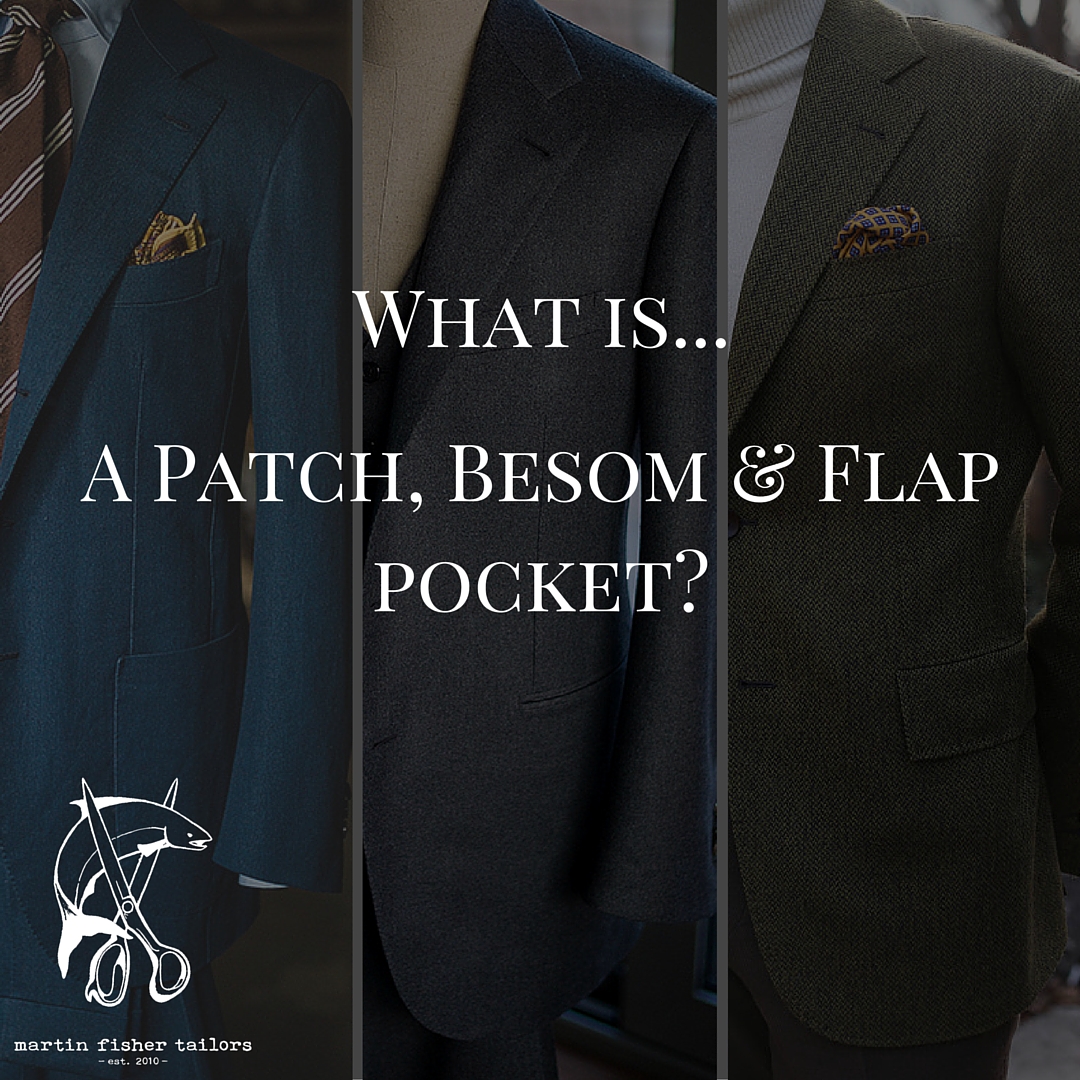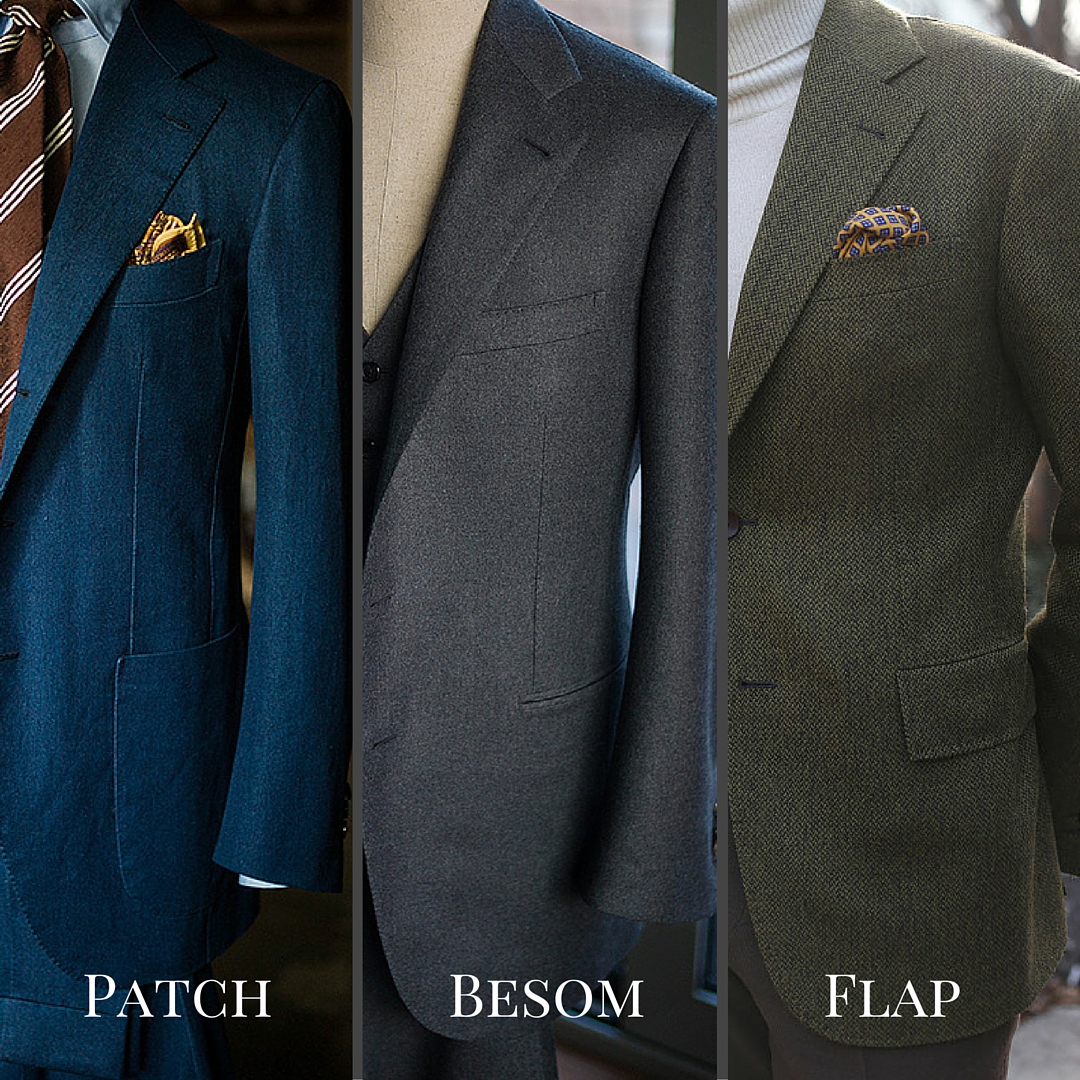What is Wednesday.
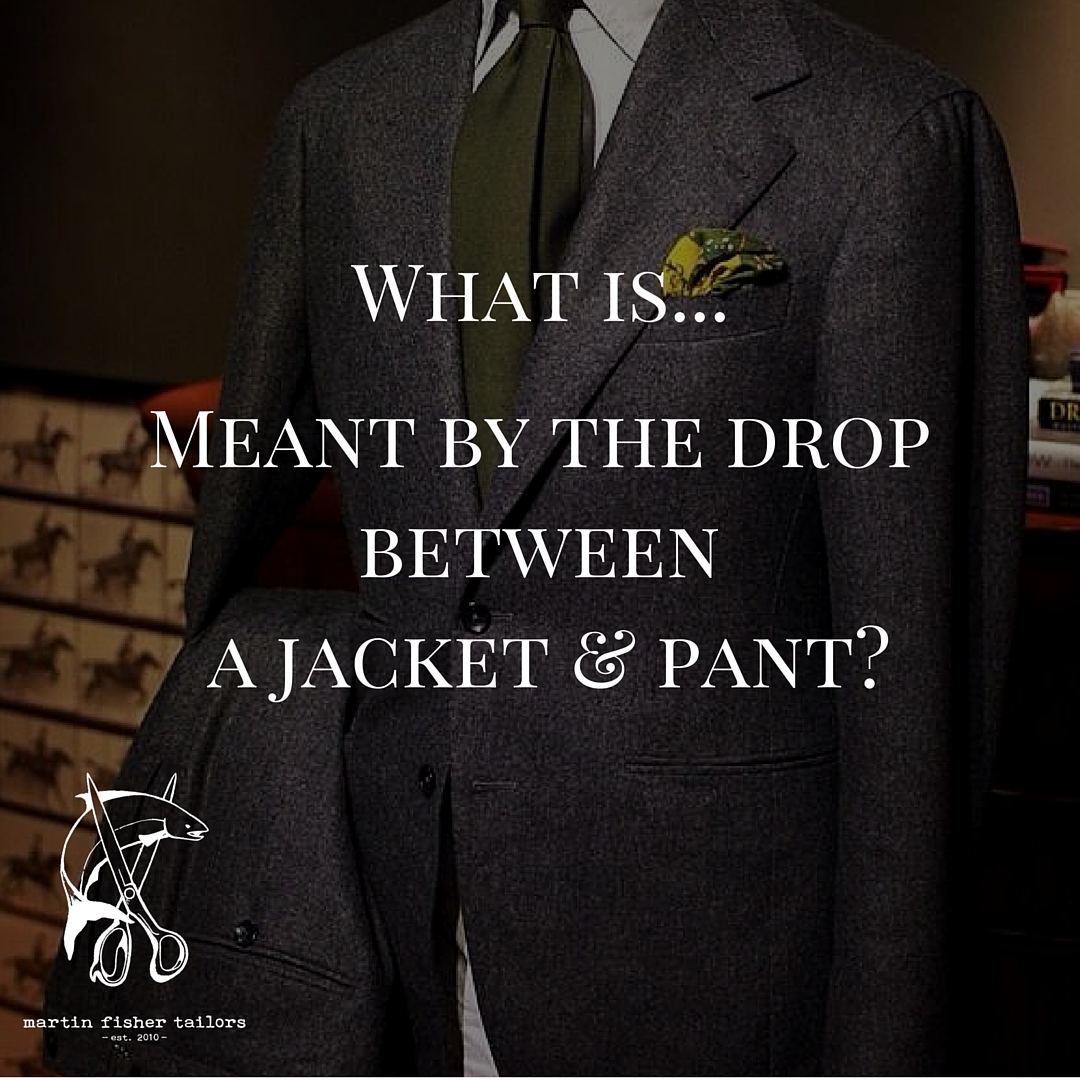
This weekly What is Wednesday post is aimed at answering some of the more basic and critical aspects of tailoring and the terminology we use to describe them. It stems from realizing that I’m constantly throwing out different terms with my clients and quite often they’re unsure as to what I exactly mean. The goal of this section then is to alleviate this terminology gap and provide you with some know-how to talk tailoring with a little more ease.
What is…meant by the drop between a jacket and pant?
A crucial concept to understand – particularly when buying a suit off the peg. The drop simply refers to the difference between the chest measurement of the jacket and the waist measurement of the pant. A standard drop these days is 6 or 7 inches; as such a size 40 jacket will have a 34 or 33 inch waist. A size 42 would then have a 36 or 35 inch waist; while a size 38 would have a 32 or 31 inch waist. Pretty simple in the end.
The key however is how much alteration tailoring can occur in the pants waist and seat area; this is crucial for when the suits drop does not combine with your actual measurements. I’ll use myself as an example as I wear a size 39 jacket and thus the pants would have either a 33 or 32 inch waist; this is a problem as my waist is a 34. Check back next week as I’ll build on this critical theme.
As always I’d love to hear your opinions on this or any sartorial subject for that matter. Better yet book a free appointment and we can banter in person and see if we might be a good fit to work together.
Take care – Michael
info@martinfishertailors.com

